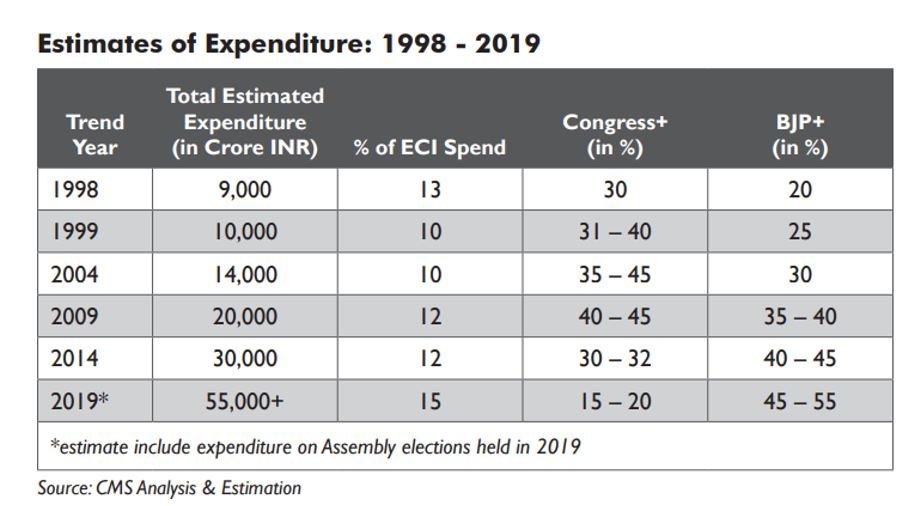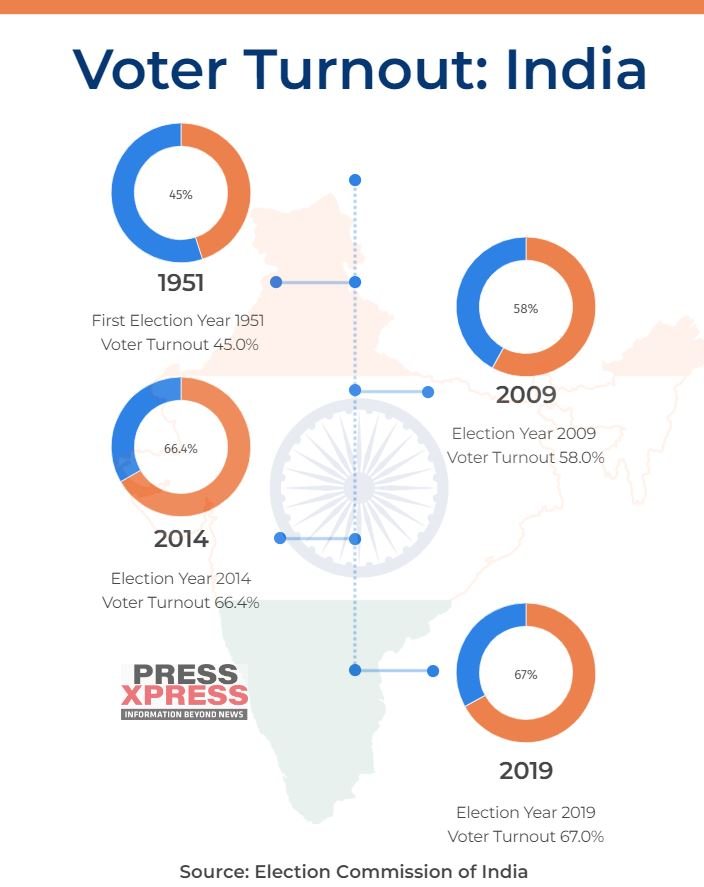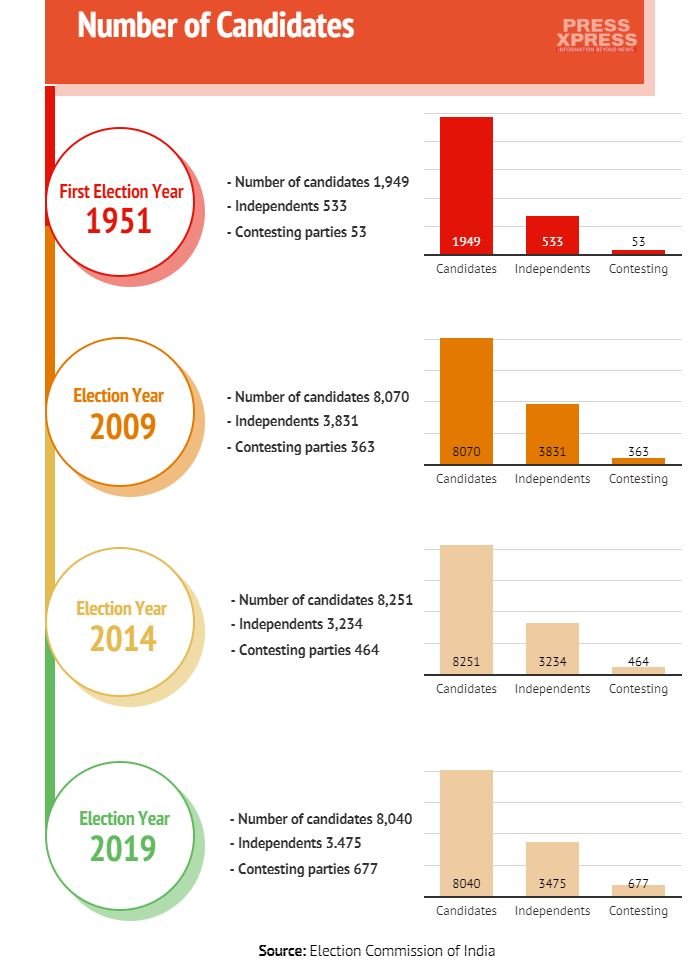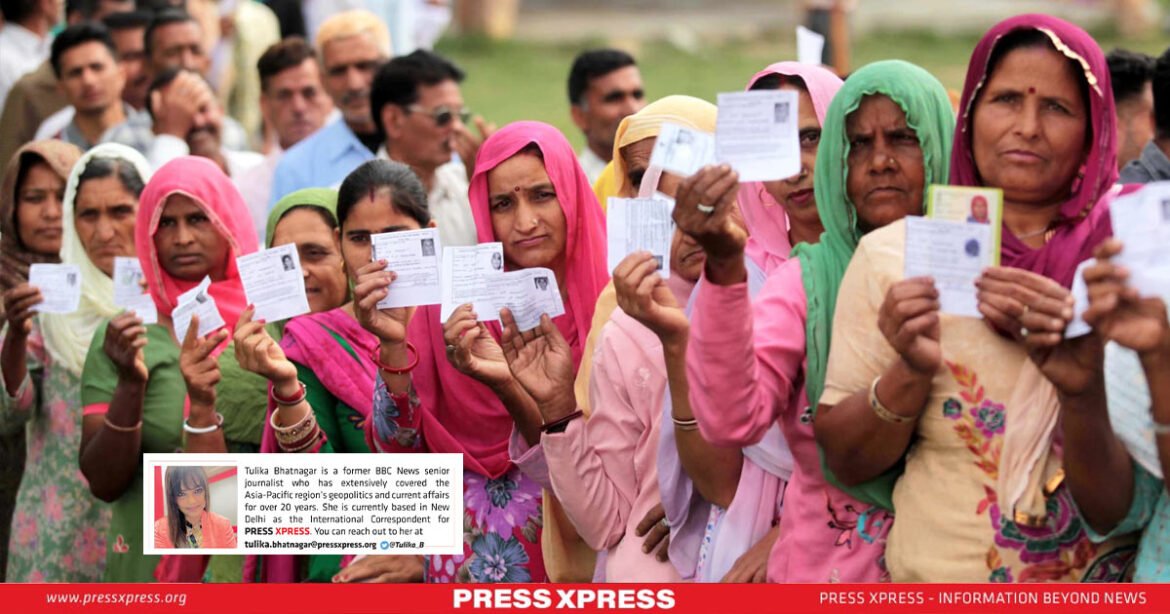It is the largest voting event in the world.
More than 970 million Indians are going to the polls in less than two months, to elect a new government. That is more than 10% of the world’s population.
And voters will decide – over the course of several weeks – whether they will re-elect the popular Hindu nationalist Prime Minister Narendra Modi for his third consecutive term of another five years.
You Can Also Read: INDIA: 10 YEARS OF MODI BUDGETS
So, what makes the Indian election so unique?
Here is a really simple guide to the top 10 things to know about India’s general election in 2024.
543 constituencies
India’s Lok Sabha (lower house of the parliament) has 543 elected seats.
The political party or alliance that wins a minimum of 50% or 272 seats, wins the election to form a government.
Given the sheer size of the electorate, it’s a massive logistical exercise costing hundreds of millions of rupees.
World’s Most Expensive Election
In 2019 alone, more than $8 billion were spent, according to a report by Indian think-tank, Centre of Media Studies, making it the world’s most expensive election.
In comparison, the US presidential election of 2016, according to the US-based non-profit Centre for Responsive Politics, saw an expenditure of about $6.5 billion.
Here’s a look at the Lok Sabha poll expenditure through the years.

High Voter Turnout
In terms of voter turnout, public participation has been high since 2014 when the PM Narendra Modi-led BJP first formed its government at the Centre, owing to the Modi wave.

1.2 Million Polling Stations
This year, there are 1,200,000 polling stations being set up, up from nearly 1 million in 2019. An army of the country’s election officials at all levels – national, state, local – will be deployed at these polling booths to ensure that the election is free and fair. Nearly 15 million election officials are expected to be deployed in the 2024 general election.
The polling booths cover the entire country – from the smallest rural villages to the bustling megacities of Delhi, Mumbai, and Kolkata. The Election Commission has invested heavily in electronic voting machines (EVMs), with stringent measures to prevent electoral fraud.
First-Past-The-Post Voting
The 543 seats that are being contested, represent a geographical division of India, each represented by a single member of the parliament (MP).
In 2019, around 8,049 candidates contested these Lok Sabha seats compared to 8,251 in 2014 and 8,070 in 2009.
Interesting fact: In 1996, the record-high number of candidates was 13,952.
The method of voting is known as “first-past-the-post” voting, which means that voters cast their vote for a single candidate – and the candidate with the most votes wins the election.

It’s all about Modi
Although the number of political parties has been growing rapidly in recent elections, national politics is dominated by none other than PM Modi.
Since 2014, Modi’s BJP has seen staggering wins in national and state-level elections – largely attributed to Modi’s image as a decisive, hardworking leader. He remains the 2024 general election’s main vote-getter, supported by a disciplined and formidable party machinery.
The 2024 election is largely another referendum on Modi’s leadership, even as the opposition camp continues its campaign of targeting Modi as a polarising leader.
40 days
Because of the enormous electorate, the huge number of election officials as well as security personnel involved, voting takes place in several stages, spanning weeks to months.
Usually, it goes on for six weeks or nearly 40 days between April and May.
Different states vote at different times.
Votes are counted towards the end of May and results are expected on the same day.
470 million women
Of the 970 million eligible voters, nearly 470 million are women.
Since the 2019 Lok Sabha elections, female voters have increased by 9.3% this year, according to data from the EC. In comparison, male voters have grown by 6.9%.
Women voters outnumber male voters in 12 states and Union Territories, including Tamil Nadu, Telangana, Andhra Pradesh, Chhattisgarh, and Kerala, as per the EC.
14% women in parliament
Despite the increase in female voters, only 78 women currently sit in the Lok Sabha, just about 14% of the total number of MPs.
This puts India quite low on the global rankings of female representation, even below neighbours Nepal (33%), Bangladesh (20%) and Pakistan (20%).
According to the Inter-Parliamentary Union, globally, women make up roughly 26% of lawmakers.
185 million first-time voters
There are 185 million first-time voters in the age group of 18-19 years.
It’s a sharp increase of 23.3% from the 2019 election, which had 150 million young voters.
In addition, accessibility and inclusivity are being ensured for voters with disabilities. The electoral roll has identified around 88.35 lakh such voters in the database.
Interestingly, the northern state of Uttar Pradesh has the maximum number of voters at 153 million, while the island state of Lakshadweep has over 57,000 registered voters.


